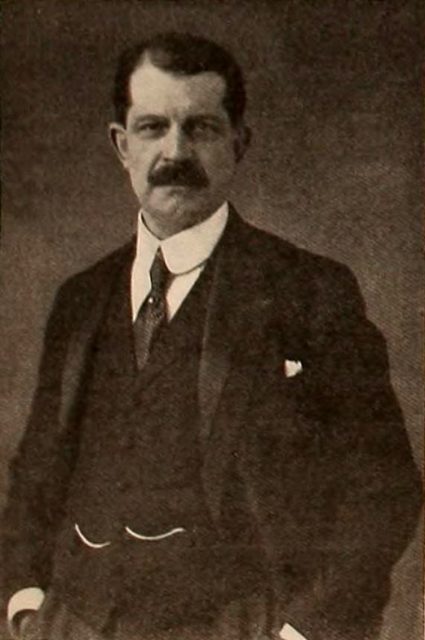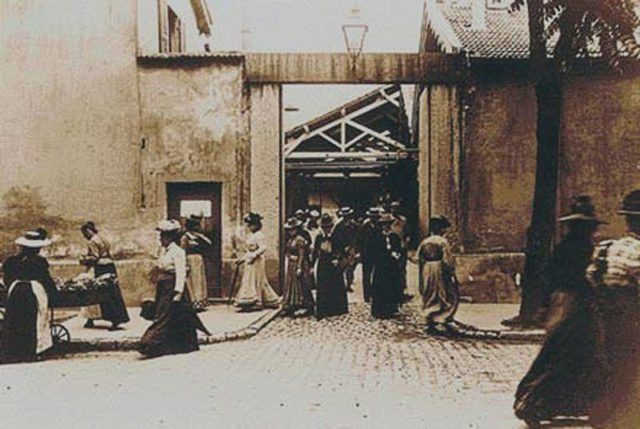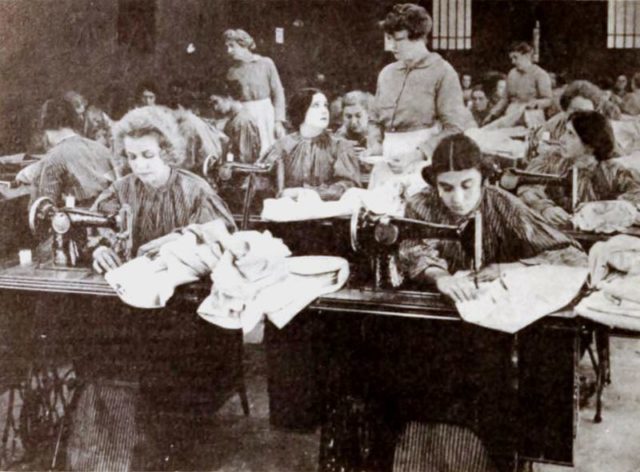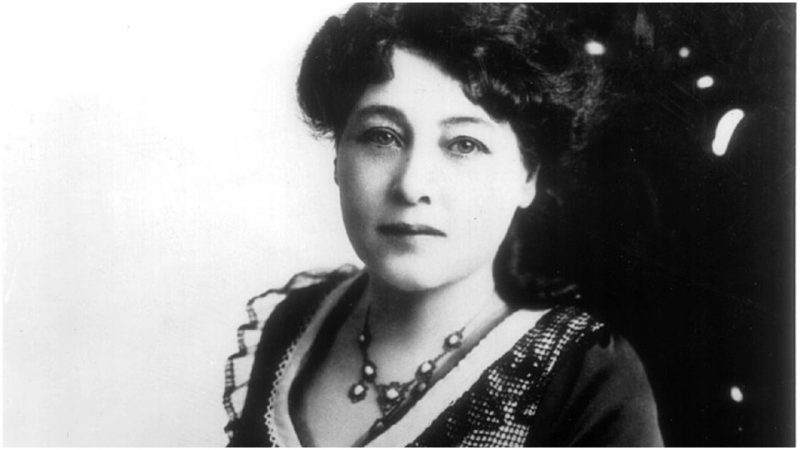A largely unknown figure in the history of cinema, Alice Guy-Blache was the first woman film director and arguably the second person ever to combine the art of film with the art of fiction, thus cementing the path of the film industry that we know today.
Alice was the daughter of a bookstore owner who worked on a relation between Chile and France. She was fluent in Spanish and had a broad range of intellectual traits when she landed a job in a still-photography company owned by Leon Gaumont, who would later become famous as the co-owner of the Gaumont production company― a pioneer in the film industry.
She was given a job as a secretary. Modest as it seems, the job actually opened a lot of doors for Alice, as she was given the opportunity to communicate with clients, study marketing strategies and get herself acquainted with the technology of the late 19th-century photography.
Then, she attended the historic demonstration organized by the Lumiere brothers on 22nd of March 1895. The innovative brothers wanted to show their discovery to the chosen few magnates in the photography business― the revolutionary Cinematograph!

This motion picture camera also served as a film projector. Even though both Edison and Gaumont were racing to solve the technical issues surrounding the “moving pictures” apparatus, it was the Lumiere brothers who beat them to it.
After witnessing the simple film portraying of the workers leaving the factory on their way home, Guy-Blache had a revelation. She was convinced that this new machine could be used to tell stories, in a way that literature had been doing for millenniums.
From today’s point of view this seems completely normal, as we are aware of the artistic and narrative potential of cinema, but in the days of its inception, it was considered more of a circus attraction than an instrument of art.
In fact, the first ever film that wasn’t just a documentation of reality was directed by the Lumiere Brothers and was titled The Waterer Watered or The Sprinkler Sprinkled. It is a comic sketch depicting a gardener and a prankster who steps on a water hose, reducing the flow. When the gardener tries to inspect the hose, the boy releases the water, which subsequently splashes the gardener’s face.
Not much, but it’s hilarious. This comic depiction was filmed in 1895. Even though this film was clearly fictional, Guy-Blache decided to take it to another level.
Alice had a clear vision, but in order to make her films, she needed the approval of her boss, Leon Gaumont. He allegedly hesitated but decided to give her a shot.

Her first film, The Cabbage Fairy, was made in 1896, but the exact date is hard to determine. In the same year, the much more famous George Melies also started experimenting, introducing a rather theatre-like cinema.
As for The Cabbage Fairy, it depicted a woman who grows children out of cabbage. As insane as it sounds, the story is inspired by a French folktale.
After this, the Gaumont company was blessed with numerous great films from their authors, as all eyes were on them and their unique development of narrative filmmaking.
Alice continued to work as a film director, pioneering the art and introducing innovations concerning techniques such as double exposure, masks and running of the film backward for creating a variety of “special effects.”
She entered a genuinely massive project in 1906, directing a film which included 300 extras. For the time, this was a significant investment, which would lead to the huge budgets of the Golden Age of Hollywood.
The film titled The Life of Christ was exactly that ― a cinematic depiction of the life of Jesus Christ. By this time, she had already experimented with new technology such as the Chronophone system, produced by the Gaumont company, which was intended to synchronize the sound and image. This trait would also prove crucial in the future.
In 1907, Alice Guy married Herbert Blache. After obtaining her second surname, the pair moved to the US as envoys of Gaumont. Seeing the full potential of the cinema, the couple decided to make it on their own. They founded The Solax Company in 1910 in partnership with George A. Magie. Solax was the largest pre-Hollywood studio in America.

Within two years, the company managed to invest 100,000 dollars into new production space and equipment. They opened a studio in New Jersey. Allegedly, a sign was placed in the new studio which simply stated: “Be Natural.”
Several years later, the Guy-Blache couple settled for a divorce. Symbolically, the end of their marriage marked an end of an era, as the film industry was moving to the Western Coast, in California, and New York was no more the center of American cinema.
At the top of their production capacities, The Solax Company produced three films a week. Alice Guy-Blache worked tirelessly and vigorously to keep this production rate.
Herbert, on the other hand, wasn’t so keen, nor was he capable. He made a series of bad investments that would later suck the company dry and lead it to bankruptcy.
His personal relationship with Alice was plagued by rivalry, as he considered her getting all the spotlight. Herbert also had many affairs, mostly with actresses who were employed by the studio.

Alice Guy-Blanche directed more than 700 films during her 24-year career. Some of her works include the early films of Charlie Chaplin. She was largely neglected by the film community, and her contribution was never fully recognized.
As of recently, the legacy of Alice Guy-Blache is getting the attention it deserved. Several film awards bear her name, and a documentary film titled Be Natural: The Untold Story of Alice Guy-Blaché is set to release this year.
